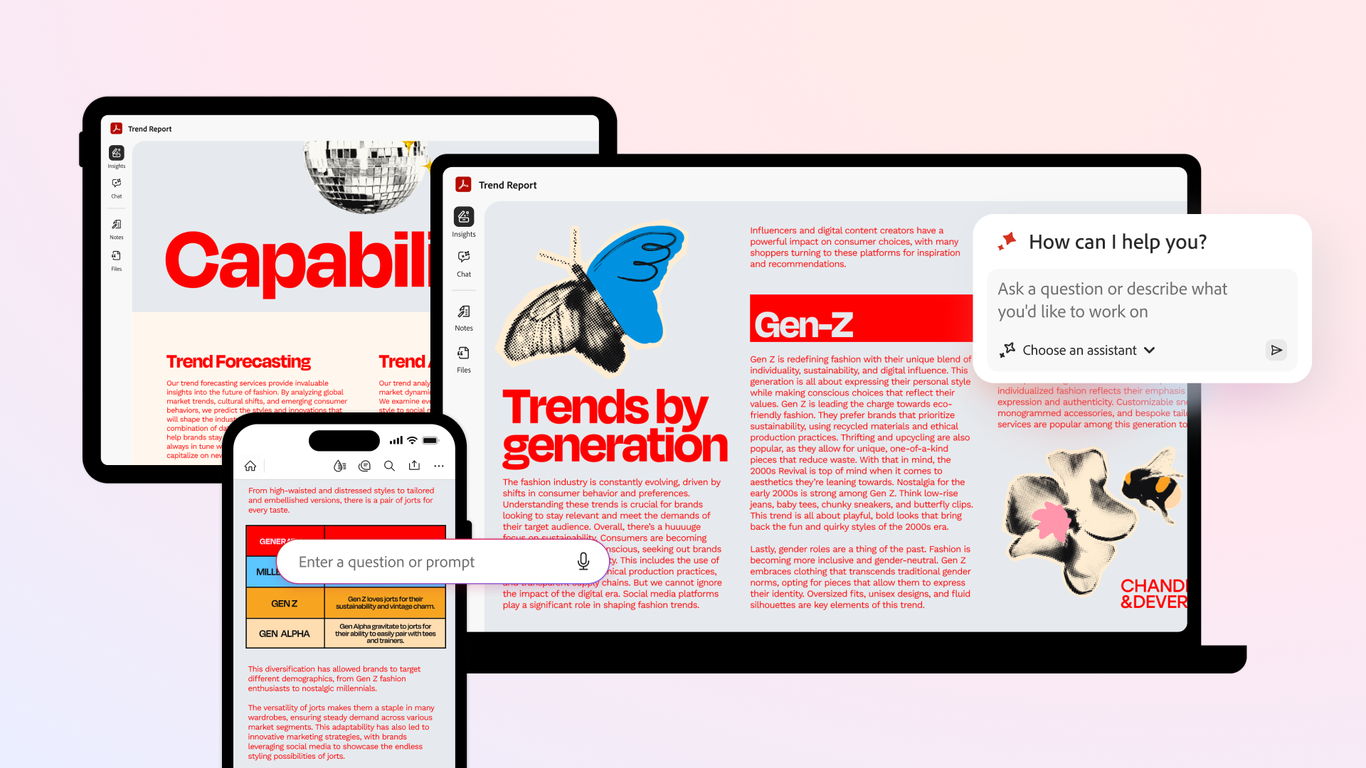
The humble PDF received a major AI upgrade. Adobe has integrated generative AI directly into Acrobat, adding AI assistant features for summarization, content generation, and smarter file organization. These additions position Acrobat as a key example of AI integration in productivity tools for business and education.
As generative AI reshapes software, document AI and PDF automation are becoming central to modern workflows. Acrobat now aims to convert static files into interactive workspaces where users can automate routine tasks, speed up content creation, and improve collaboration without needing design expertise.
AI powered productivity tools like these can cut time spent on administrative tasks and speed up decision making. Contract reviews, research summaries, and routine edits can be completed faster with AI assistance, improving team efficiency and consistency across documents.
At the same time, data privacy and accuracy remain top priorities. When AI agents read and generate content from sensitive documents, companies need clear policies about how data is processed, stored, and secured. Enterprise adoption will depend on strong controls and transparent AI practices.
By embedding generative AI into Acrobat, Adobe protects its role in document workflows and competes with AI native tools that offer document based automation. This move highlights a larger trend where established software vendors add AI integration to deliver measurable productivity gains and seamless workflow automation for business users.
Adobe's integration of generative AI into Acrobat signals a shift toward conversational document experiences. With document AI, AI assistant features, and PDF automation, Acrobat aims to make everyday document work faster and more creative. The future of productivity tools will blend human expertise with AI assistance to unlock better outcomes while keeping data privacy and accuracy front and center.



